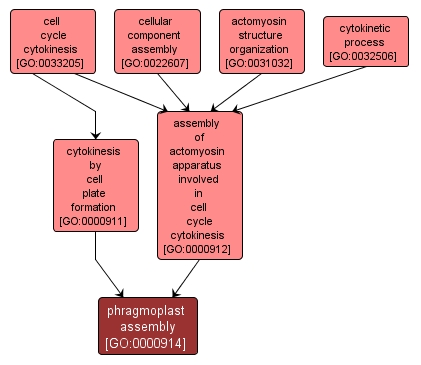| Desc: |
The formation of a structure composed of actin, myosin, and associated proteins that will function in cytokinesis in cells that perform cytokinesis by cell plate formation. The structure usually contains antiparallel microtubules and membrane (often visible as vesicles). |














